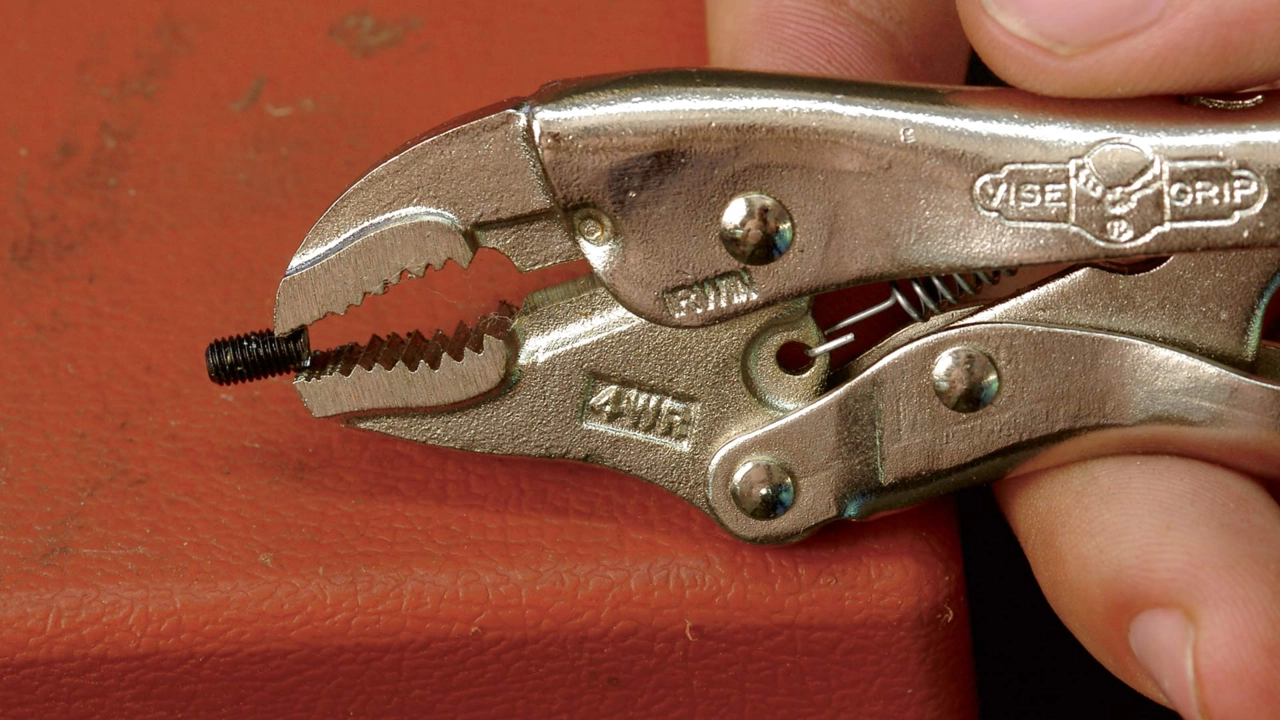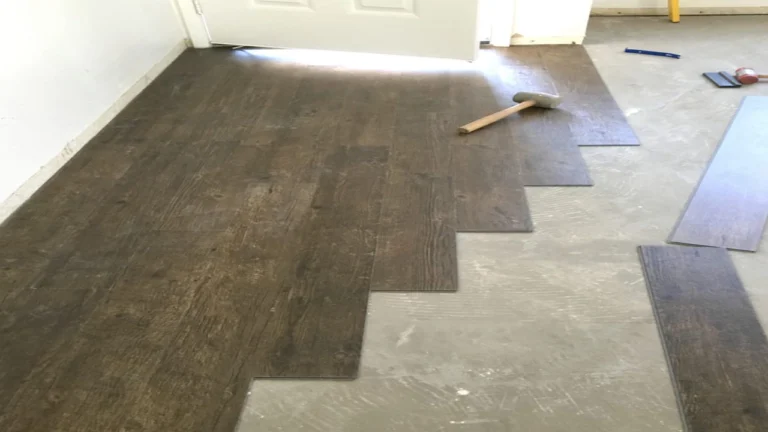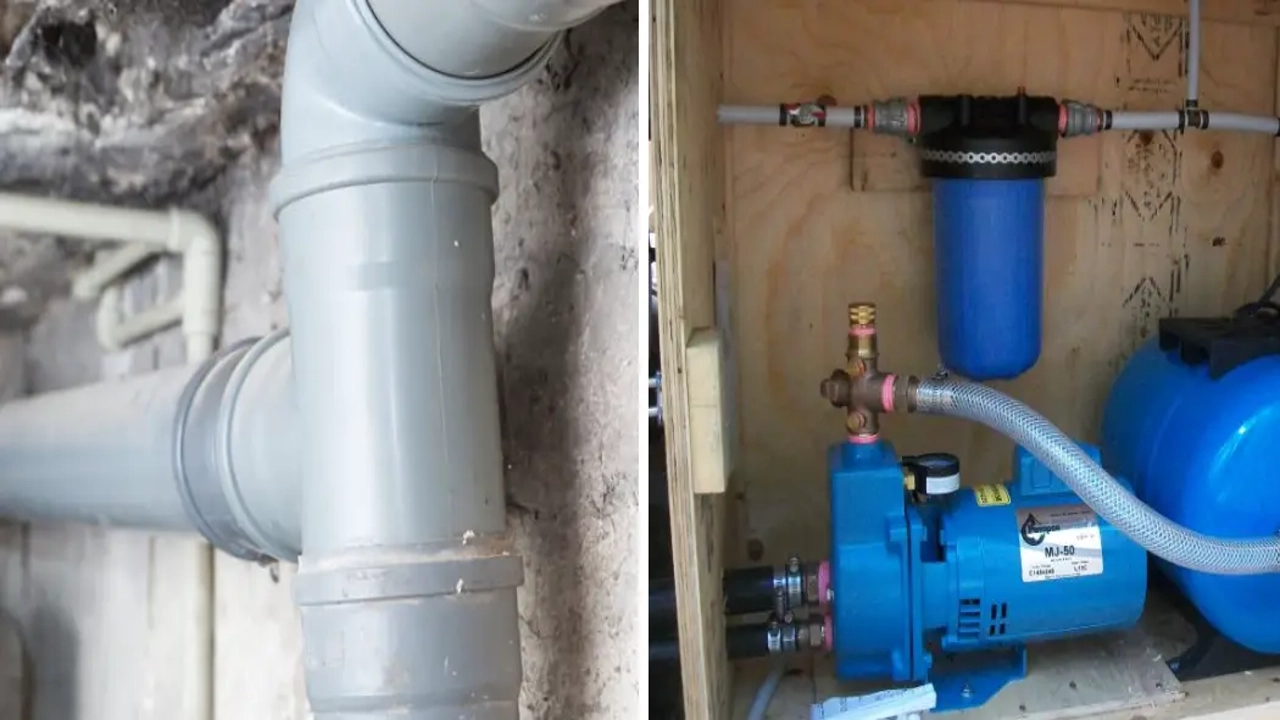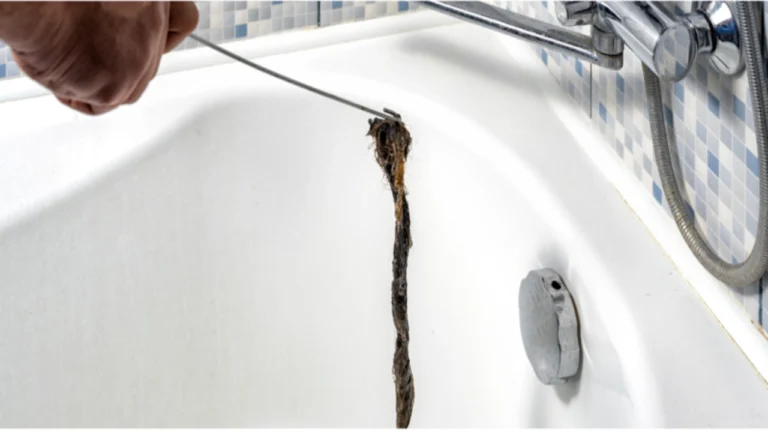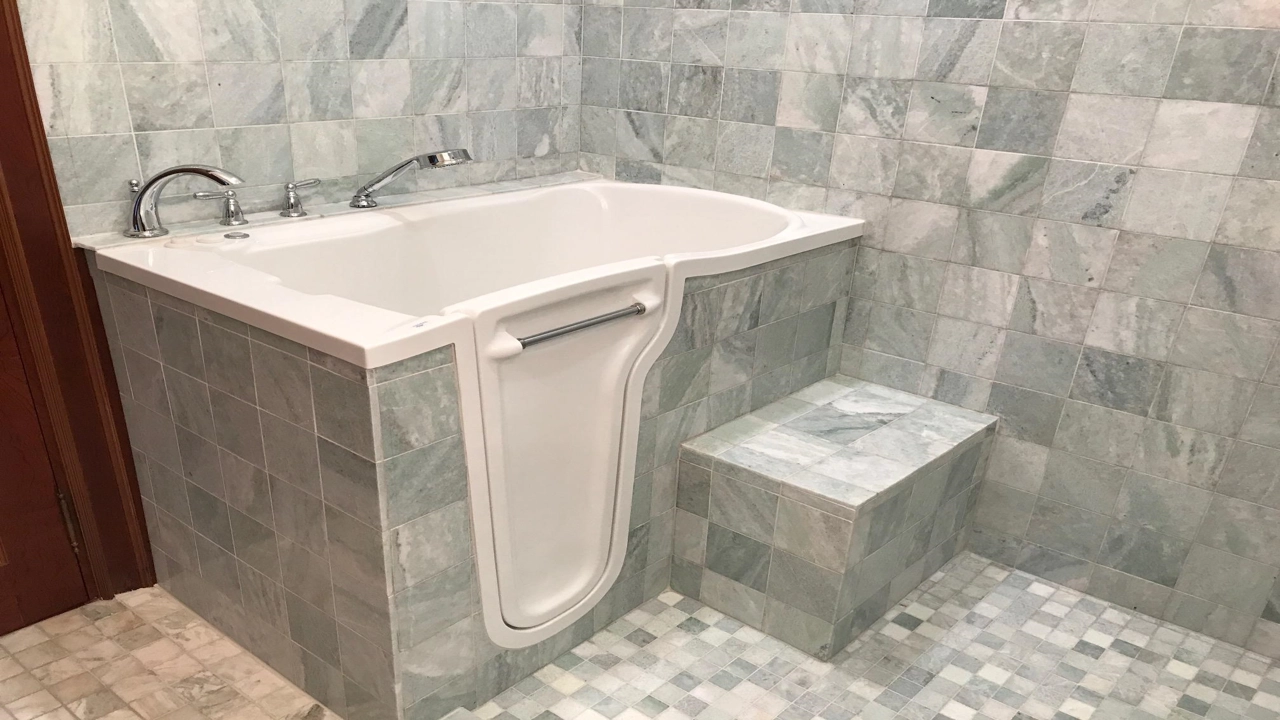Unlock concrete remove screws like a pro
How to remove screws from concrete can seem like a daunting task, but it’s achievable with the right tools and techniques. The first step is to assess the screw’s condition. If the screw head is damaged or stripped, you’ll need to use a specialized tool like a screw extractor or an impact driver with a specialized bit. For screws with intact heads, a simple screwdriver with the right size bit should do the trick.
Once you’ve chosen the right tool, apply gentle pressure to the screw while rotating it counterclockwise. If the screw is stubborn, you may need to use a penetrating oil to loosen it up. With a bit of patience and the right approach, you’ll be able to remove the screw from the concrete with ease.
how to remove screws from concrete the ultimate guide
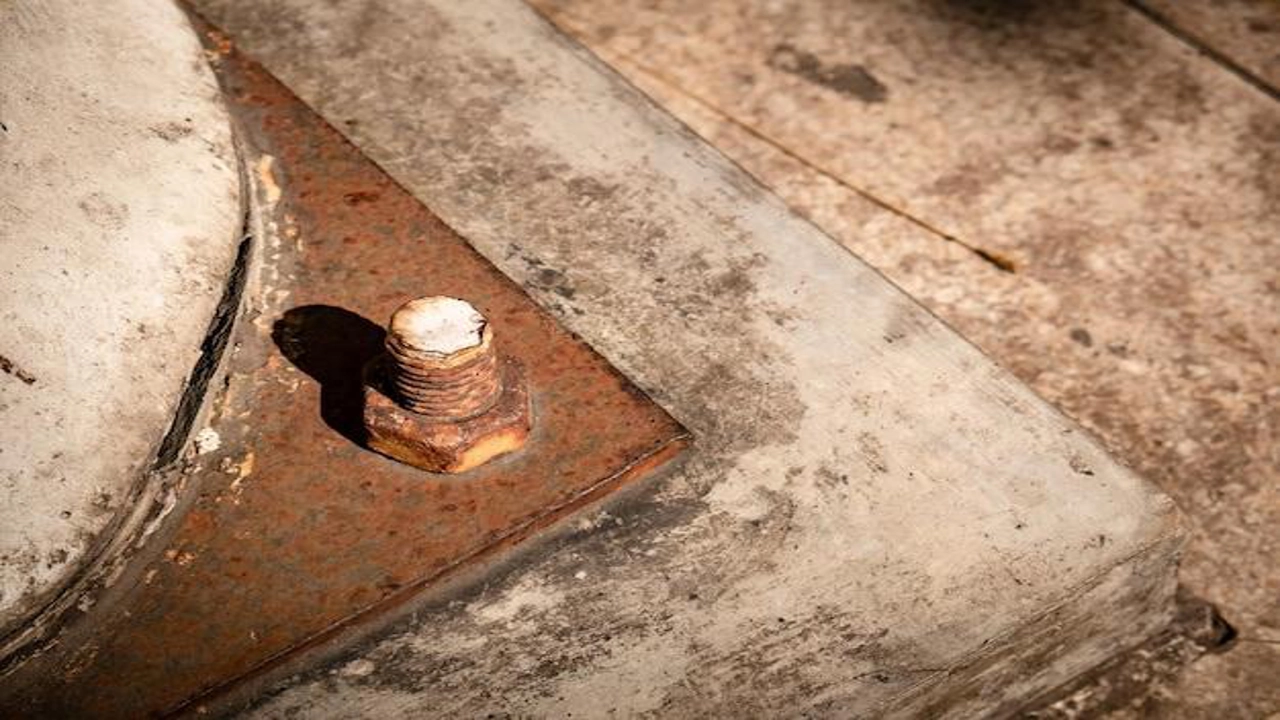
Removing Screws From Concrete: A Guide for DIYers
Dealing with stubborn screws embedded in concrete is a common problem faced by homeowners, DIY enthusiasts, and anyone tackling construction or repair projects. Whether you’re removing old fixtures, dismantling a concrete structure, or simply trying to salvage a screw that has become stuck, knowing the right techniques can make the process much easier.
This guide will walk you through the different methods for removing screws from concrete, addressing questions like how to remove screws from concrete effectively and safely. We’ll cover everything from basic tools to advanced techniques, ensuring you have the knowledge and confidence to handle even the toughest jobs.
Understanding the Challenges of Removing Screws from Concrete
Before diving into the removal process, it’s essential to understand why screws can be so difficult to extract from concrete.
- Adhesion: The strong bond between concrete and the screw’s metal surface makes it challenging to loosen the screw without causing damage.
- Corrosion: Over time, screws can rust and corrode, leading to a tighter grip and increased resistance.
- Recessed Screws: Screws that are recessed into the concrete, often found in fixtures or anchors, are harder to access and require specialized tools.
Essential Tools for Removing Screws from Concrete
The tools you’ll need will depend on the specific screw you’re removing and its condition. However, some common and highly effective tools include:
- Screwdriver: A sturdy screwdriver with a tip that matches the screw’s head size is essential.
- Hammer: A hammer is crucial for driving the screw out, especially when dealing with stubborn screws or rusty ones.
- Pliers: Pliers can provide a better grip on the screw head, allowing for greater leverage and easier removal.
- Pry Bar: This tool can help loosen the screw by prying on the surrounding concrete, creating space for the screw to be extracted.
- Impact Driver: This powerful tool can be used to loosen screws with a forceful twisting action, effectively removing them even with a high level of adhesion.
Methods for Removing Screws from Concrete
Now, let’s explore the different methods you can use to remove screws from concrete:
1. The Basic Approach: Screwdriver and Hammer
- Prepare the Area: Clean the area around the screw to ensure a clear workspace.
- Start with Gentle Force: Position your screwdriver firmly over the screw head and apply gentle force in a counter-clockwise direction. If the screw is rusty or corroded, a few taps with a hammer on the screwdriver’s handle can help loosen it.
- Increase Force Gradually: If the screw doesn’t budge, gradually increase the force applied with the screwdriver or hammer. Be careful not to damage the surrounding concrete or break the screw head.
- Use a Plier: If the screw head is damaged or too small for the screwdriver, use pliers to grip it securely and apply leverage.
2. The Impact Driver Technique:
- Choose the Right Bit: Select an impact driver bit that matches the screw’s head size.
- Secure the Driver: Hold the impact driver firmly and position the bit on the screw head.
- Start with Low Power: Begin with the impact driver set to low power. Slowly increase the power if the screw doesn’t loosen.
- Use Caution: Avoid using excessive force as it can damage the screw head or the surrounding concrete.
3. The Pry Bar Method:
- Position the Pry Bar: Place the pry bar’s flat end against the concrete near the screw.
- Apply Leverage: Leverage the pry bar to create space around the screw, separating the screw from the concrete.
- Remove the Screw: Once enough space is created, use a screwdriver or pliers to extract the screw.
4. Extracting Recessed Screws: The Drill and Tap Method
- Drill a Pilot Hole: Using a drill bit slightly smaller than the screw diameter, create a pilot hole directly into the screw head.
- Use a Screw Extractor: Insert a screw extractor tool into the pilot hole and turn it clockwise. The extractor’s teeth will grip the screw and pull it out.
- Tap the Screw: If the extractor doesn’t work effectively, try tapping the extractor gently with a hammer to increase its grip on the screw.
5. Utilizing Heat:
- Apply Heat Carefully: Use a heat gun or torch to carefully apply heat to the screw head.
- Expand the Metal: Heat expands the metal, making it easier to loosen.
- Remove the Screw: Once the screw is heated, use a screwdriver or pliers to remove it.
6. Professional Solutions:
If all else fails, it’s best to seek professional help. A contractor or a professional demolition service can use specialized tools and techniques to remove the screw without causing further damage.
7. Preventative Measures for Future Issues:
To avoid future issues with screws in concrete, consider these preventative measures:
- Use the Right Screws: Always use screws designed specifically for concrete, ensuring they have the proper thread pitch and material for a strong and durable bond.
- Apply Anchor Glue: When attaching objects to concrete, consider using anchor glue to ensure a secure bond and prevent screws from loosening.
- Maintain Regular Checks: Periodically check screws in concrete to ensure they remain tight and secure.
Tips for Removing Screws from Concrete:
- Wear Protective Gear: Always wear safety glasses, gloves, and appropriate clothing while working with concrete and tools.
- Use a Lubricant: Applying a lubricant like WD-40 can help loosen the screw and reduce friction during removal.
- Work in Small Sections: When dealing with multiple screws, tackle them one at a time to avoid fatigue and ensure accuracy.
- Be Patient: Removing screws from concrete can be time-consuming. Be patient and persistent, and don’t rush the process.
stuck screw in concrete this simple trick will have it out in seconds
Removing screws from concrete can be a real headache, especially if they’re stubborn or rusted. But don’t worry! With the right tools and techniques, you can tackle this task effectively. This guide will equip you with all the knowledge you need to confidently remove screws from concrete – whether you’re a DIY enthusiast or a seasoned professional.
Understanding the Challenges
Before we delve into the removal process, it’s important to understand why screws can be so difficult to remove from concrete. The main factors are:
- Corrosion: Screws embedded in concrete are often exposed to the elements, leading to rust and corrosion. This can cause them to seize up, making removal more challenging.
- Concrete Strength: Concrete is a strong material, and screws become tightly embedded within it. This creates a strong bond that needs to be overcome.
Essential Tools for Screw Removal
Having the right tools is crucial for successful screw removal. Here’s a list of essential tools:
- Screwdriver: This is your primary tool for removing screws. Choose a screwdriver that fits the screw head precisely to avoid stripping.
- Impact Driver: An impact driver is a powerful tool that uses torque to loosen stubborn screws. It’s particularly useful for removing rusted or jammed screws.
- Hammer and Chisel: If the screw is flush with the surface, you can use a hammer and chisel to create a gap for a screwdriver.
- Pliers or Vice Grips: These tools are helpful for gripping and turning stubborn screws that have stripped heads.
- Drill with a Screw Extractor: This is a specialized tool for removing broken or stripped screws. It’s a bit more advanced but highly effective.
- Safety Glasses and Gloves: Protect your eyes and hands during the removal process.
Step-by-Step Guide to Remove Screws from Concrete
- Assess the Situation: First, determine if the screw is flush with the concrete surface or protruding. This will dictate your approach.
- Loosen the Screw (if protruding): If the screw is visible, try to loosen it using a screwdriver or impact driver. If it’s rusted, apply some penetrating oil to help free it up.
- Create a Gap (if flush): If the screw is flush, use a chisel and hammer to carefully create a small gap around the screw head. This will allow you to insert a screwdriver.
- Use a Screw Extractor: If the screw is broken or stripped, a screw extractor is your best bet. Drill a pilot hole into the screw and use the extractor to twist it out.
- Alternative Techniques: If you don’t have a screw extractor, you can try using a drill bit to drill out the screw head, or using a hammer and punch to drive the screw head below the surface.
How to Remove Screws from Concrete the Ultimate Guide:
These techniques are applicable in a wide range of situations, but you might need to adjust your approach depending on the specific screw and concrete.
- Removing a Damaged Screw: If the screw head is damaged, a screw extractor is often the best solution. But remember, drilling into concrete can be tricky.
- Removing a Rusted Screw: Applying penetrating oil can help loosen a rusted screw. Be patient and allow the oil to penetrate for some time before attempting to remove it.
- Removing a Screw in a Tight Spot: A small screwdriver or a specialty tool like a stubby screwdriver might be necessary in tight spaces.
Q&A: Removing Screws from Concrete
Q1: What is the best way to remove screws from concrete?
A1: The best method depends on the screw’s size, condition, and the surrounding concrete. For small, easily accessible screws, using a screwdriver or drill with a suitable bit is often sufficient. For stubborn or deeply embedded screws, specialized tools like screw extractors or impact drivers may be necessary.
Q2: What tools do I need to remove screws from concrete?
A2: The necessary tools vary depending on the screw and situation. Here are some common options:
- Screwdriver: For accessible screws, a suitable screwdriver with a matching tip is essential.
- Drill: A cordless drill with a screw-driving attachment is helpful for removing screws, especially when they are tight or rusty.
- Screw Extractor: These tools are designed to grip stripped or broken screw heads and twist them out. They come in various sizes and can be used with a drill or wrench.
- Impact Driver: An impact driver provides a hammering action that can loosen stubborn screws.
- Hammer and Chisel: These tools can be used to break off a screw head if other methods fail.
- Safety Glasses and Gloves: Always wear safety gear when working with tools and concrete.
Q3: What if the screw is stripped or broken?
A3: For stripped or broken screws, a screw extractor is typically the best solution. Select a screw extractor with a size slightly smaller than the screw’s diameter and use it with a drill or wrench to twist the screw out.
Q4: How can I prevent screws from getting stripped when removing them?
A4: To avoid stripping:
- Use the correct screwdriver or drill bit.
- Apply steady pressure. Avoid jerking or twisting too hard.
- Lubricate the screw. Apply a penetrating oil like WD-40 to help loosen the screw.
- Use a screw extractor if the head starts to strip.
Q5: What if the screw is too deep in the concrete?
A5: Deeply embedded screws may require a specialized tool called a screw remover or a combination of tools. You may need to drill a pilot hole around the screw before using a screw extractor.
Q6: What should I do if I can’t get the screw out?
A6: If the screw is completely inaccessible or cannot be removed, you might have to cut it off using a hacksaw or Dremel tool. Alternatively, you can fill the hole with epoxy or concrete patch and then install a new screw in a different location.
Q7: How can I make it easier to remove screws from concrete in the future?
A7: To make removal easier, consider using:
- Screws designed for concrete: These screws have a unique design that allows for easier removal.
- Anchor bolts: These bolts provide a more secure hold and are easier to remove than screws.
- Construction adhesive: Adding a small amount of construction adhesive around the screw can help prevent it from spinning.
Q8: Can I use heat to remove screws from concrete?
A8: Using heat can be effective in some cases, but it’s crucial to exercise caution. A heat gun can be applied to the screw head to help loosen it. However, ensure you do not overheat the surrounding concrete.
Q9: What are some common mistakes to avoid when removing screws from concrete?
A9:
- Using the wrong tools: Improper tools can lead to stripping or damage to the screw head.
- Using excessive force: Excessive force can damage the screw or surrounding concrete.
- Not wearing safety gear: Always wear safety glasses and gloves to protect yourself from flying debris.
Q10: How can I prevent screws from becoming stuck in concrete in the first place?
A10: To prevent screws from becoming stuck:
- Use the correct type of screw for concrete: Concrete screws are designed with a special thread and tip that grip the concrete better.
- Pre-drill a pilot hole: This will help prevent the screw from stripping and make installation easier.
- Apply lubrication: A little bit of lubricant can help prevent the screw from binding.
Conclusion
Removing screws from concrete can be a frustrating experience, but with the right tools and techniques, it can be done without damaging the surrounding concrete. Remember to always wear appropriate safety gear and utilize a hammer drill with a masonry bit for maximum effectiveness. If you find the screw is stubborn, apply penetrating oil to loosen it. Once the screw is removed, be sure to clean the hole and assess if any further repairs are needed.
We hope this guide has been helpful in showing you how to remove screws from concrete effectively. Have you tackled a similar project before? Did you encounter any challenges or have any tips to share? Let us know in the comments below! And don’t forget to share this post with your friends and family who might find this information useful!

